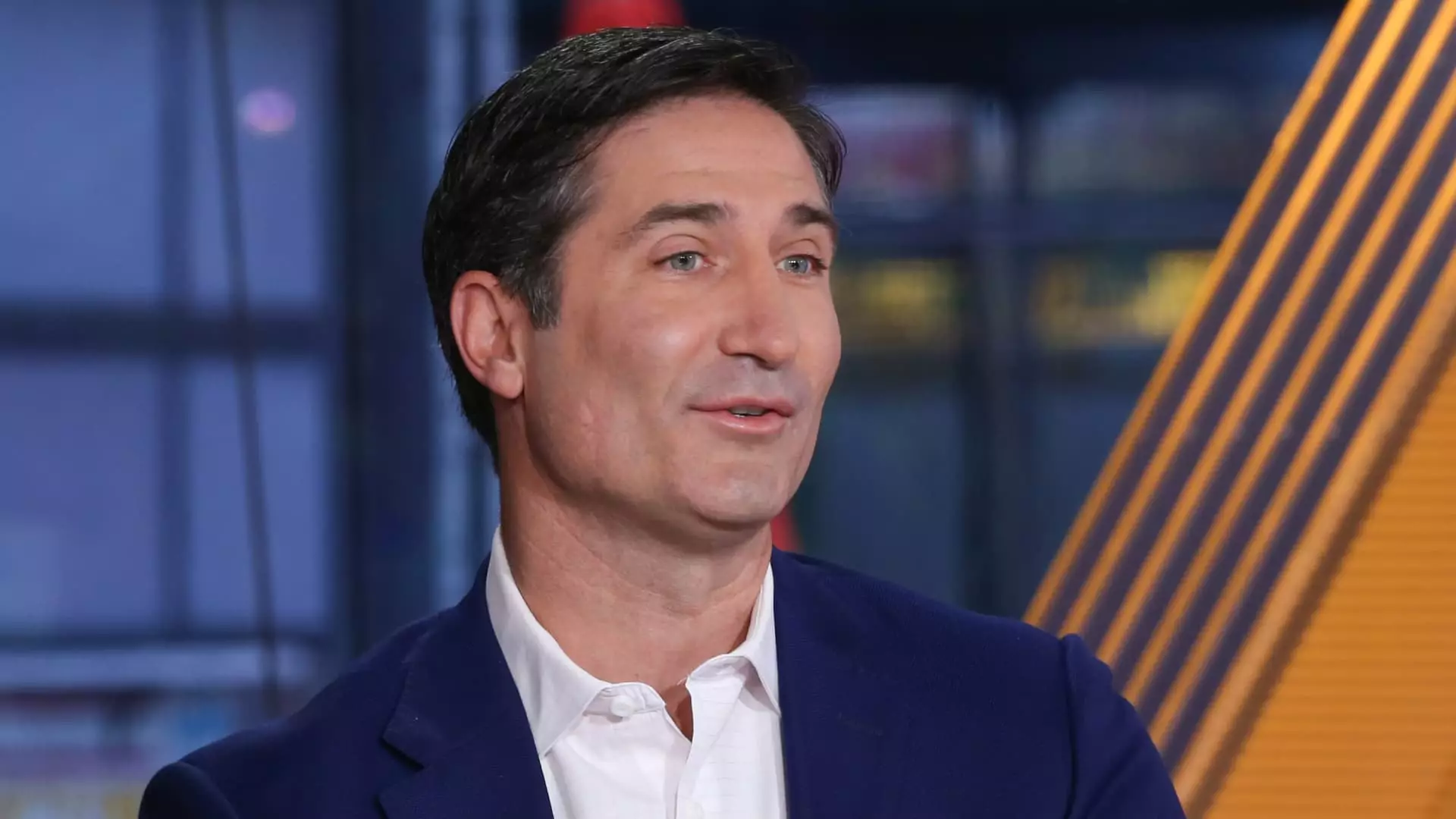In the ever-evolving world of retail, even giants like Starbucks can find themselves in turbulent waters. Recently, the coffee company shared some challenging news: it has experienced a decline in same-store sales for the fourth consecutive quarter. While this news is discouraging, the silver lining lies in the company’s quarterly earnings and revenues that outperformed Wall Street’s expectations. This article examines the details of Starbucks’ current state and its strategic maneuvers aimed at revitalizing the brand.
Starbucks reported a net income of $780.8 million—equating to 69 cents per share—though this represents a notable decrease from the previous year’s $1.02 billion or 90 cents per share. The company’s net sales remained stagnant at $9.4 billion. Perhaps most alarming is the fact that same-store sales dipped by 4%, driven particularly by an 8% decline in customer traffic in the U.S. market. Analysts had initially predicted an even steeper sales decline of 5.5%. The discrepancy between actual performance and projections could be indicative of either a resilient customer base that is still responding to Starbucks’ brand appeal or a temporary respite before more significant challenges arise.
With Brian Niccol stepping in as CEO just last September, Starbucks is undertaking notable changes in its operational framework. Emphasizing a return to core values, Niccol has articulated a vision to refocus on coffee quality and customer experience. “We have room for improvement, but we’re making progress as planned,” Niccol stated, showcasing a sense of determination to redirect the company towards more profitable avenues. Under his leadership, there is a clear intent to revamp marketing strategies and adjust menu pricing, including eliminating extra charges for nondairy milk options—an issue that resonated with many health-conscious consumers.
The struggles Starbucks faces are not confined to domestic shores. In international markets, particularly China—the company’s second-largest market—there has also been a decline in same-store sales by 6%, attributed to a decrease in average ticket sizes. China presents unique challenges, as aggressive local competitors like Luckin Coffee offer significantly lower prices, prompting Starbucks to adapt by implementing discounts to remain relevant. These maneuvers could indicate a strategic pivot, but they also raise questions about the long-term brand value versus short-term gain.
Considering the rocky sales figures, Starbucks is recalibrating its growth strategies for the upcoming fiscal years. The company suspended its fiscal 2025 forecast, revealing a cautious approach amidst ongoing turnaround efforts. Plans to scale back on opening new locations and renovations are seen as a move to consolidate resources and ensure more strategic investments in core operations. Additionally, changes to the corporate structure, including splitting the role of North American president into two distinct positions, exemplify a restructuring process aimed at streamlining leadership and accountability.
The road ahead for Starbucks appears fraught with challenges, but the company is also demonstrating an unwavering commitment to change. By focusing on customer experience, prioritizing its core offerings, and realigning its organizational structure, Starbucks is attempting to lay the groundwork for a sustainable recovery. However, a key question remains: Can these efforts translate into renewed consumer interest and ultimately lift sales figures? As the coffee titan seeks to navigate this uncertain landscape, stakeholders will undoubtedly be keeping a close watch on its next steps. Despite current setbacks, Starbucks’ resolve to adapt may well be the catalyst for a brighter, more profitable future.

